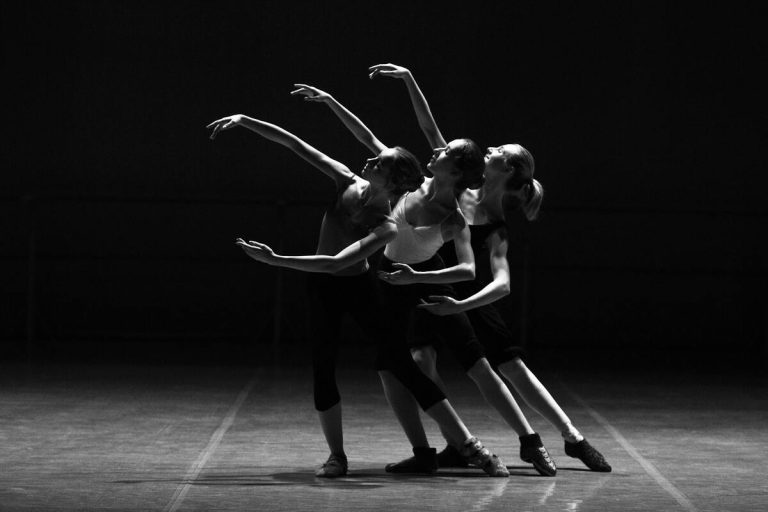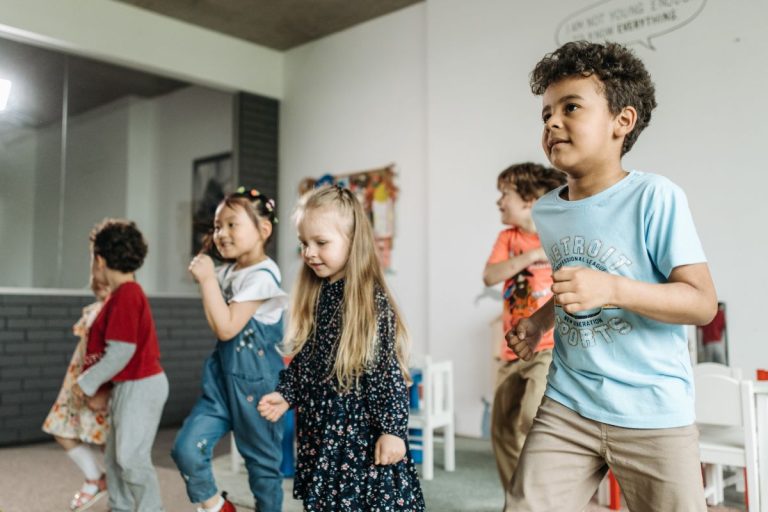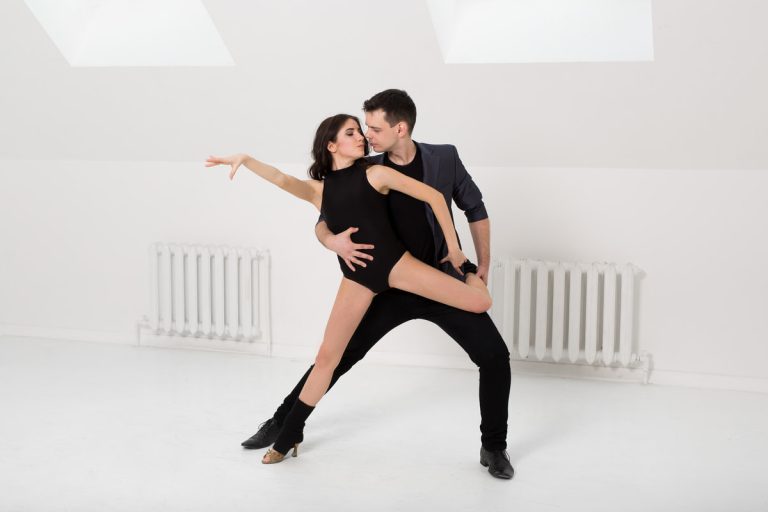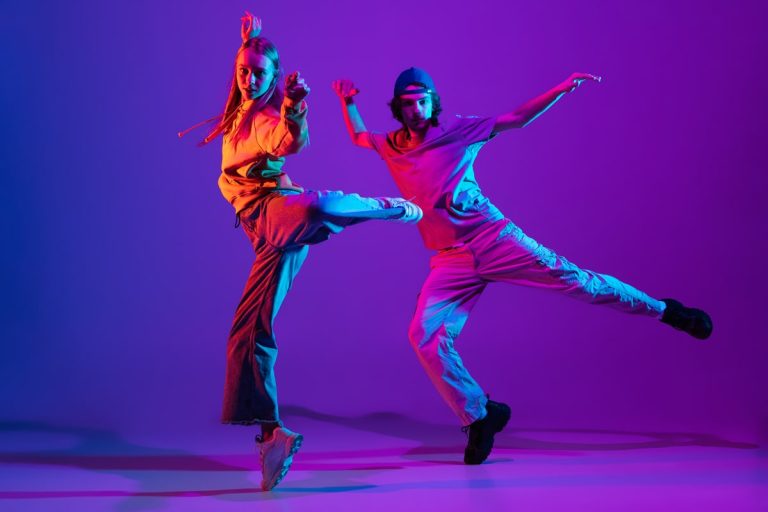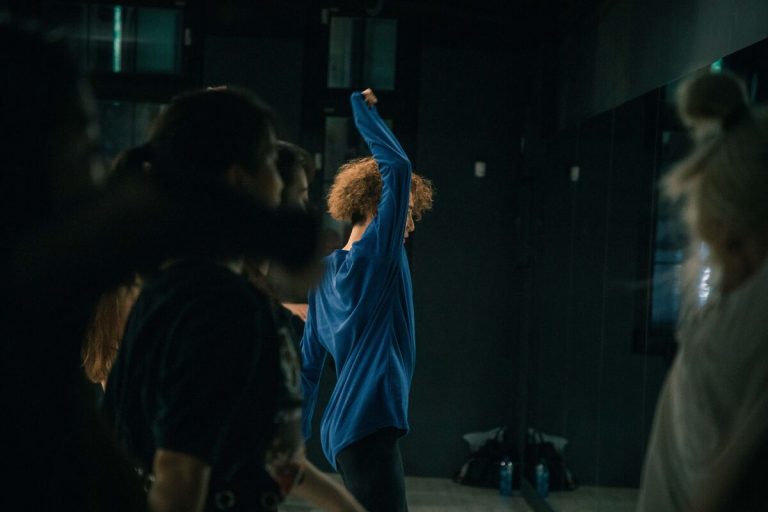The mesmerizing skill of dancing captures the performers’ and viewers’ attention and hearts. The United States has long been a center for innovation, with diverse dance forms, including tap, ballet, hip-hop, and modern. Dancers need natural talent, committed training and direction to succeed in this fiercely competitive industry. The movement of dancers for success is the subject of this essay, focusing on recommendations from seasoned experts in the USA.
1. Lay solid foundations
Similar to any artistic discipline, establishing a solid foundation is crucial. Emily Foster, a well-known ballet teacher, advises students to start their instruction with a heavy emphasis on technique. Foster emphasizes that a dancer’s skill is built on their design. The solid approach enables dancers to execute routines gracefully and precisely and prevent accidents.
For example, the significance of knowing the five fundamental poses cannot be emphasized in ballet. Similar to other dancing forms, it’s essential to comprehend the fundamental body positions and motions. Dancers can use this solid foundation to explore more challenging choreography and styles.
2. Adopt a versatile mindset.
Versatility is essential in the dancing world of today. Dancers quickly switching between many styles and genres are frequently in high demand. Don’t confine yourself to just one type, advises acclaimed modern dance choreographer Leslie Hernandez. Try out several methods and genres to diversify your writing repertoire.
Combining various dance styles improves a dancer’s adaptability and inspires innovation. For instance, incorporating hip-hop aspects into modern routines can result in creative and mesmerizing performances that appeal to a wide range of audiences.
3. Prioritize your physical and mental health.
Dance is a strenuous physical art form that puts much pressure on the body. Dancers must put their physical and emotional health first to succeed and maintain success. Dance physiotherapist James Carter emphasizes the value of appropriate warm-ups and cool-downs to avoid injuries. A dancer’s daily should include stretching and conditioning exercises, says Carter.
Moreover, a dancer’s entire well-being and mental health are inextricably linked. The competitive nature of the field, combined with the pressure to do well, can be detrimental to mental health. Dr. Maya Richardson, a psychologist and dance educator, emphasizes the significance of mindfulness exercises. According to the expert, dancers may control their performance anxiety and keep a healthy mindset by using techniques like meditation and visualization.
4. Seek Constructive Feedback
Growth requires constructive criticism, which is a valuable tool. Marcus Ramirez, a seasoned choreographer and dance teacher, emphasizes the importance of feedback in a dancer’s development. Ramirez says getting criticism from professors, peers, and mentors is crucial to developing your talents. You may pinpoint areas for growth and hone your craft through these criticisms.
But it’s crucial to take criticism with positivity and an open mind. It’s critical to see criticism as a chance for improvement rather than a personal jab. The development of a dancer will undoubtedly be aided by putting these recommendations into action.
5. Establish realistic goals
Setting realistic goals is critical to success in any industry, including dancing. Former professional dancer turned career counselor Stephanie Collins suggests that dancers make a plan for their purposes. “Setting short-term and long-term goals can provide direction and motivation,” Collins adds. Celebrate your progress along the road because marking important milestones will help you keep your excitement high.
Establishing a balance between ambition and practicality while defining goals is critical. High expectations that aren’t attainable can result in dissatisfaction and fatigue. Dancers can maintain a constant rate of advancement by plotting a course that aligns with their current proficiency level and long-term goals.
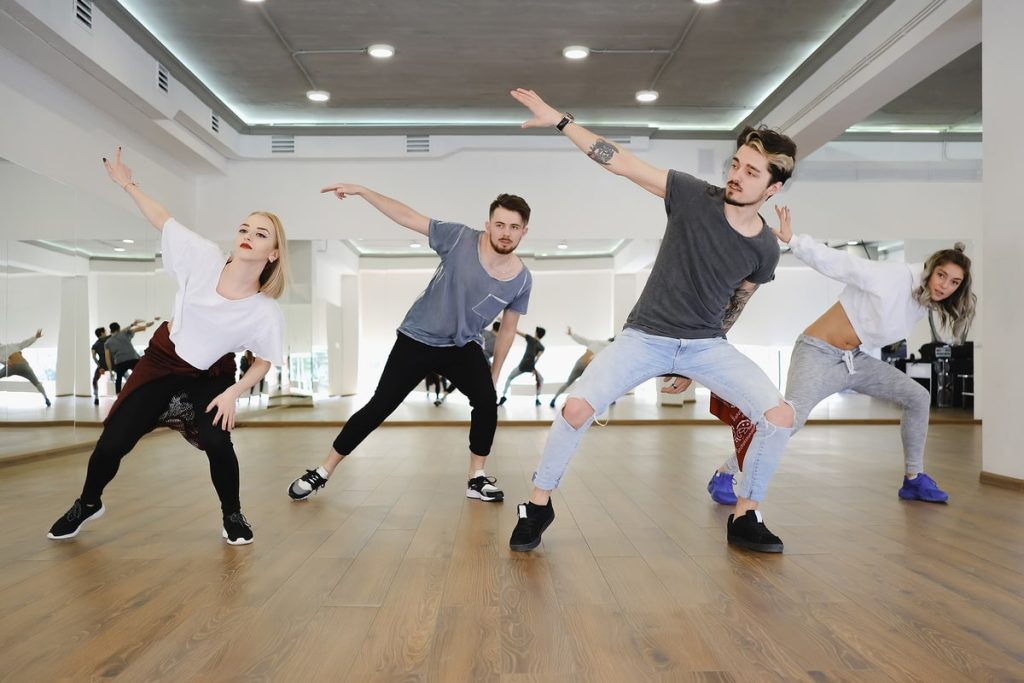
6. Tap Into Your Resilience Power
Success in dance takes work. Dancers experience difficulties, disappointments, and rejections. Building Resilience is essential for surviving these storms and coming out stronger. Sarah Thompson, a well-known tap dancer and choreographer, advises: “Resilience enables dancers to recover from setbacks and failures. It’s about leveraging failures as learning opportunities and stepping stones to achievement.
Dancers should build a network of friends, family, and mentors to foster Resilience. Maintaining a good outlook through trying circumstances can be significantly improved by surrounding oneself with people who offer support and advice.
7. Embody authenticity and passion.
Authenticity stands out in a world full of performances. Dancers put their hearts and souls into every step because of their passion. Alex Rodriguez, a professional dancer and choreographer, stresses the need to remain authentic to oneself. “Audiences are drawn to authenticity. The connection you make when you dance with sincere enthusiasm and accept your style is profound.
Dancers should draw on their feelings and experiences to authenticate their performances. A sincere commitment to the art form enhances the dancer’s impact on the audience, whether they are expressing joy, grief, or enthusiasm.
8. Support ongoing education.
The dancing community is vibrant, with new trends and styles appearing frequently. Maintaining relevancy and developing as a dancer requires adopting a philosophy of continual learning. Dancers are urged to look for seminars, masterclasses, and instructional opportunities by choreographer and educator Laura Williams.
“Never stop learning,” advises Williams. Dancers who are open to trying new things expand their artistic repertoire and maintain their passion. Dancers can adapt to changing trends while maintaining their distinctive style by remaining curious and open to exploring other viewpoints.
Conclusion
Dance is a journey that calls for commitment, tenacity, and an unyielding desire for improvement. The guidance these seasoned experts in the USA offer emphasizes the value of a comprehensive strategy for preparing dancers for success. These suggestions provide a road map for prospective dancers to realize their goals and make a lasting impression on the dance community, from developing a solid technical basis to encouraging Resilience and embracing authenticity. Dancers can improve their craft and enthrall audiences with their performances by incorporating these ideas into their training.


